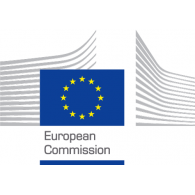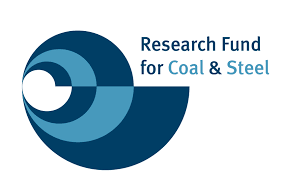 |
 |

Project coordinator:
mgr Małgorzata Markowska
Duration of project:
01.06.2019 – 31.05.2022
Project partners:
Work on project TEXMIN is being conducted by a consortium composed of the following members:
- Central Mining Institute (GIG – Project leader, PL),
- University of Exeter (UNEXE, UK),
- Silesian University of Technology (PL),
- Centre for Research and Technology Hellas (CERTH, GR),
- Subterra Ingenieria, S.L. (SUB, ES),
- DMT GmbH & Co. KG (DMT, DE),
- Výzkumný ústav pro Hnědé Uhlí (VUHU, CZ),
- Spółka Restrukturyzacji Kopalń S.A (SRK, PL),
- Tauron Wydobycie S.A. (TWD, PL).
Justification of the project
Whilst climate change has been a well-researched subject for many years, it is only recently that the subject has appeared on the radar of the international mining industry and much of this has been related to the impacts of the mining industry on climate change (e.g. through emissions). Where such research relating to the impact on mining exists, it has been mainly undertaken in the Canadian and Australian mining industries due to the unique challenges that those countries face due to their geographical location. These studies tend to focus predominantly on operating mines, but some closed mine issues are considered. Both Canada and Australia have already faced issues relating to changes in climate and increased severe weather events. So has Europe, but the issue of climate change and mining still needs to be addressed by Europe.
Due to the significant number of both operational and closed mines in Poland and the rest of Europe, it is essential to react to the risks that occur as a result of climate change. Local research conducted thus far reveals that climate change has an influence on the stability of underground cavities (Gombert & Charmoille, 2010). The influence of greater precipitation results in a decrease of the stability of the subsoil and the rock mass in an area affected by mining activity. This process has a direct influence on the surface, and the safety of inhabitants in both areas with active mining operations as well as in post-mining areas. Research conducted by C. Klinger’s team (2012) also reveals the problem of the accumulation of secondary water in old and inaccessible shallow boreholes, where a greater risk of water contamination is present as a result of the flushing of the products of oxidation and hydrolysis. The changes in gas emissions from old mine shafts are also significant with regard to the drops in barometric pressure that occur during extreme weather phenomena (A. Wrana et al., 2016).
Project objectives
Focused on assessing and minimising the environmental impact of extreme weather events on mining operations, TEXMIN project aims to provide guidance to all stakeholders on gradual and sudden impacts on operating, closed and abandoned coal mines brought about by climate change and extreme weather events, as this issue is currently affecting sites in Europe and the rest of the world.
The overall objective of the TEXMIN project is to develop an integrated management tool and monitoring strategy for reducing the vulnerability of the mining sector to extreme weather events and climate change. The project will achieve this aim through the following specific objectives:
- To review and record previous extreme weather events in the mining industry and review historic climate trends in mining regions around Europe (WP1);
- To calculate projections of future climate changes for European mining regions for different emission scenarios (WP1);
- To identify, based on these modelled projections, how future climate scenarios could impact on closed, abandoned and operating mines within these regions (WP2);
- To identify, quantify and evaluate those impacts brought about by changes in precipitation, temperature and sudden changes in atmospheric pressure (WP2) and model them for improvement of the understanding of how changing parameters influence the results (WP3);
- To develop effective adaptation strategies and monitoring solutions to reduce the impact and vulnerability of sites to climate change, and in turn enhance the sustainability credentials of mining activities, especially when related to mine closure and mine closure planning (WP4);
- To develop an integrated risk management tool (WP4);
- To apply in pilot scale the remedial measures for stabilisation of sealed shaft and mine spoil dump in case of extreme weather events occurrence (WP4);
- To involve all stakeholders in a process of consultation and communication of the findings and deliverables throughout the duration of the project to raise attention to these issues and vulnerabilities (WP5);
- To exchange knowledge about extreme weather events affecting different mines in Europe (WP5).


